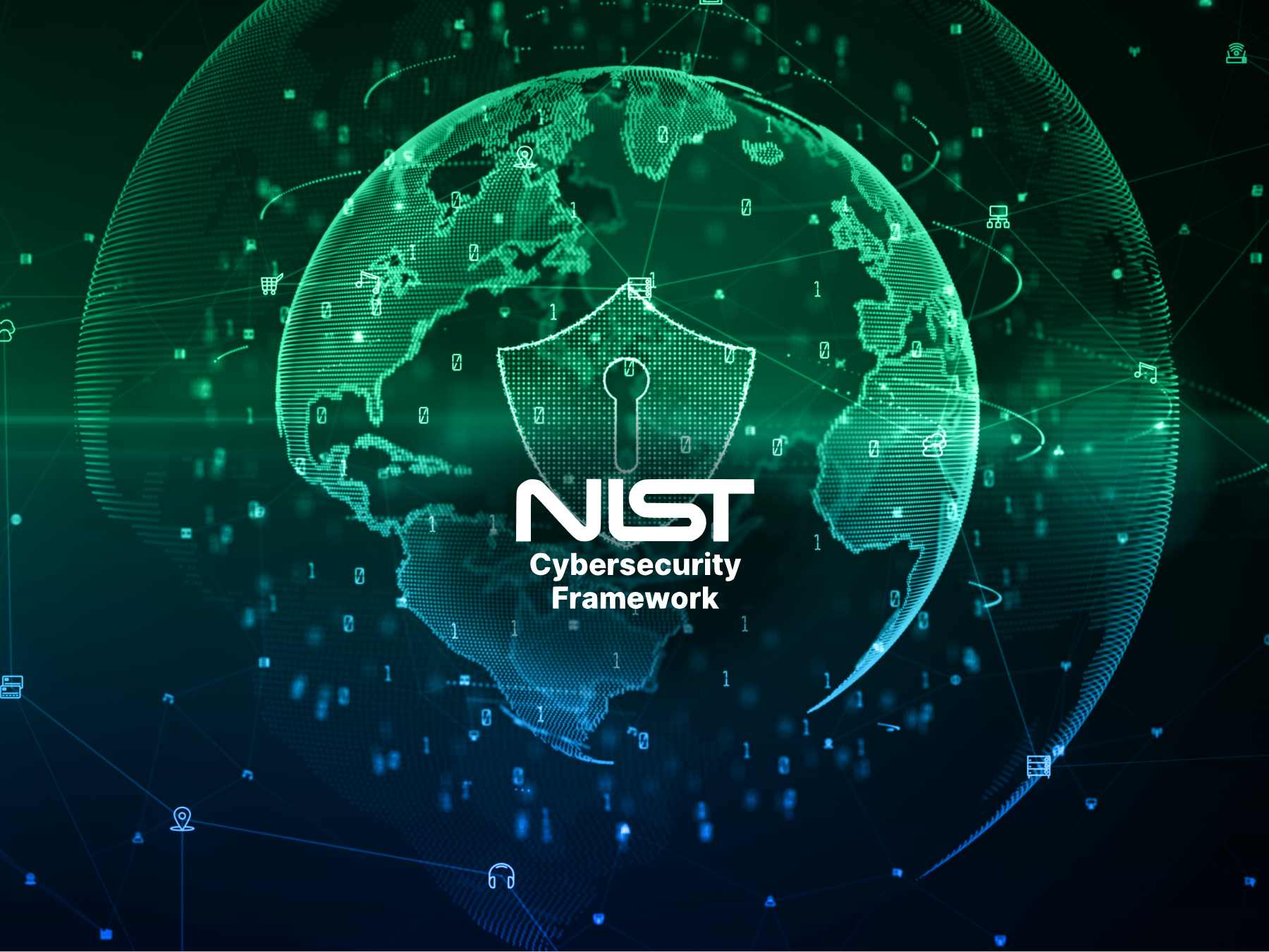Reference the update from NIST here.
The always changing landscape of cybersecurity threats necessitates robust frameworks for organizations to manage and mitigate risk. Enter the NIST Cybersecurity Framework (CSF) 2.0, a non-prescriptive guideline developed by the National Institute of Standards and Technology (NIST) to empower organizations of all sizes and sectors to effectively address their cybersecurity needs.
Framework Overview
The NIST framework consists of three main components:
- Cybersecurity Framework Core
- Cybersecurity Framework Organizational Profiles
- Cybersecurity Framework Tiers
1. Cybersecurity Framework Core
This core forms the foundation, outlining a taxonomy of high-level cybersecurity outcomes across five critical functions: 1) Identify, 2) Protect, 3) Detect, 4) Respond, and 5) Recover.
Additionally, a sixth function, Govern, was introduced in version 2.0 to emphasize the importance of leadership and decision-making in cybersecurity strategy. Each function is further categorized into subcategories, providing a structured approach to achieving desired outcomes.
2. Cybersecurity Framework Organizational Profiles
This component allows organizations to map their current and target cybersecurity postures against the CSF Core outcomes. This self-assessment helps identify areas requiring improvement and facilitates targeted implementation of security controls.
3. Cybersecurity Framework Tiers
Introducing another layer of nuance, CSF Tiers characterize the rigor of an organization’s cybersecurity risk management practices. These tiers provide context for how an organization perceives and manages cybersecurity risk.
What’s New in Version 2.0?
Building upon the success of previous versions, CSF 2.0 prioritizes governance as a core function, acknowledging its crucial role in effective risk management. Additionally, it emphasizes supply chain security, acknowledging the interconnected nature of today’s digital ecosystem. To ensure accessibility for smaller entities, revamped Quick Start Guides (QSGs) provide more actionable guidance on using the CSF and its resources.
Connecting the Dots: How Does it Relate to Cyber Insurance?
From the perspective of cyber insurance, the NIST CSF 2.0 plays a crucial role in shaping how organizations approach cybersecurity risk management. Cyber insurance policies often require organizations to demonstrate robust cybersecurity measures to mitigate risks effectively. By adopting the CSF, organizations can align their cybersecurity practices with industry best practices and standards, making it easier to communicate their cybersecurity posture to insurance providers.
One of the key strengths of the CSF is its sector-, country-, and technology-neutral approach, which allows organizations to adapt the framework to their specific needs and environments. This flexibility is essential for cyber insurance underwriters to assess the effectiveness of an organization’s cybersecurity program accurately. By using the CSF as a reference point, organizations can establish a common language for discussing cybersecurity risks and capabilities, facilitating communication with insurance providers during the underwriting process.
Furthermore, the CSF emphasizes the importance of governance and supply chain security, areas that are increasingly critical for organizations seeking cyber insurance coverage. Insurers are increasingly focused on evaluating an organization’s overall cybersecurity posture, including its governance structure and third-party risk management practices. By incorporating these elements into their cybersecurity programs based on the CSF guidelines, organizations can enhance their eligibility for cyber insurance coverage and potentially negotiate better policy terms and premiums.
The Bottom Line
In conclusion, the NIST Cybersecurity Framework 2.0 provides a valuable roadmap for organizations looking to strengthen their cybersecurity posture and better manage cybersecurity risks. By leveraging the framework’s principles and best practices, organizations can enhance their cybersecurity resilience, meet the requirements of cyber insurance providers, and ultimately protect their assets and reputation in an increasingly digital world.

